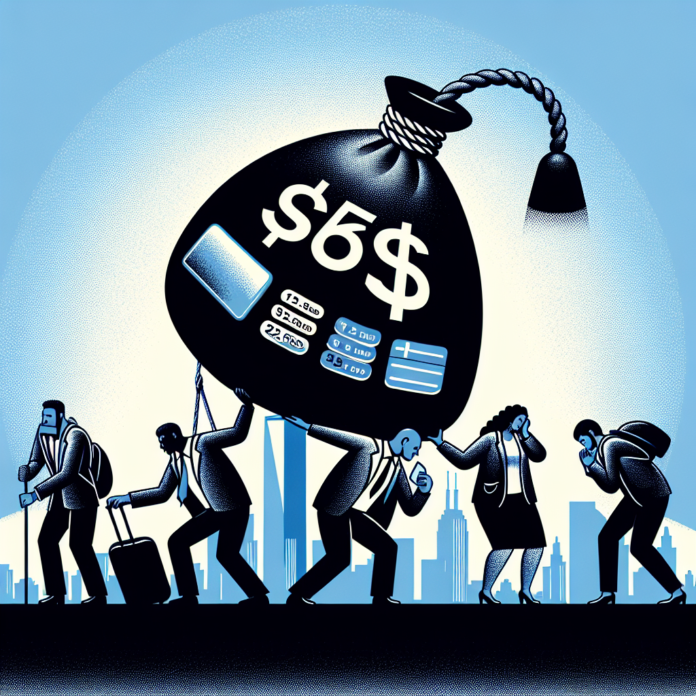Digital Divide in NYC: Expensive Internet Plans Challenge Low-Income Families
Recent research from Cornell University has cast a spotlight on the financial burden of high-speed internet access for low-income New Yorkers, revealing a significant reliance on costly cellular data plans for internet connectivity. Despite an overall increase in high-speed internet access among New York households—from 725,000 to 1.3 million between 2017 and 2022—approximately 1.5 million households remain “underconnected,” primarily using mobile phones and cellular data plans for internet access. This situation poses challenges, particularly as many online platforms and websites are not optimized for mobile use, hindering the digital engagement of these users.
The study also highlights a digital divide based on income and computer access, noting that around 30% of households with an annual income below $35,000 lack broadband at home, and about 21% of New York households do not own a desktop or laptop computer. Smartphones have become the most common computing device in homes, underscoring a shift towards mobile internet usage.
Further, the research points out the racial disparities in broadband access, with Black and Latino households being less likely to have broadband subscriptions compared to their White and Asian counterparts. This gap has widened compared to previous years, emphasizing the need for targeted digital inclusion initiatives to ensure affordable internet access for all New Yorkers.
The findings underscore the importance of moving towards digital equity, not just by increasing the number of broadband connections but by ensuring that all households have affordable and practical access to high-speed internet. This involves addressing the affordability of home-based broadband subscriptions and implementing policies that cater to the needs of underrepresented and low-income communities.

